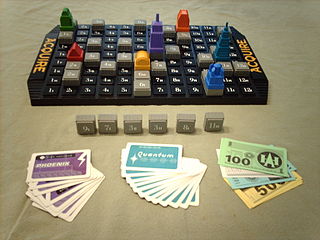
Acquire is a board game published by 3M in 1964 that involves multi-player mergers and acquisitions. It was one of the most popular games in the 3M Bookshelf games series published in the 1960s, and the only one still published in the United States.

The Spiel des Jahres is an award for board and card games, created in 1978 with the purpose of rewarding family-friendly game design, and promoting excellent games in the German market. It is thought that the existence and popularity of the award was one of the major drivers of the quality of games coming out of Germany, particularly in the 1980s and 1990s. A Spiel des Jahres nomination can increase the typical sales of a game from 500–3,000 copies to around 10,000, and the winner can usually expect to sell as many as 500,000 copies.

Scotland Yard is a board game in which a team of players controlling different detectives cooperate to track down a player controlling a criminal as they move around a board representing the streets of London. It was first published in 1983 and is named after Scotland Yard which is the headquarters of London's Metropolitan Police Service in real-life. Scotland Yard is an asymmetric board game, during which the detective players cooperatively solve a variant of the pursuit–evasion problem. The game is published by Ravensburger in most of Europe and Canada and by Milton Bradley in the United States. It received the Spiel des Jahres award in 1983, the same year that it was published.
Intellect Games made a series of board games in the 1970s. Many of these games were notable in that they did not rely on chance. The outcome of the games was dependent on tactics.

Reiner Knizia is a prolific German-style board game designer. He was born in West Germany in 1957 and earned a doctorate in Mathematics from the University of Ulm before designing games full time. He is frequently included on lists of the greatest game designers of all time. Many of his hundreds of designs are considered modern classics, and many have won or been nominated for significant gaming awards, including the Spiel des Jahres and the Deutscher Spiele Preis. His notable designs include Amun-Re, Blue Moon City, Ingenious, Keltis, Lord of the Rings, Medici, Modern Art, Ra, Taj Mahal, Tigris and Euphrates, and Through the Desert. Many of his designs incorporate mathematical principles, such as his repeated use of auction mechanics.
David Parlett is a games scholar, historian, and translator from South London, who has studied both card games and board games. He is the president of the British Skat Association.
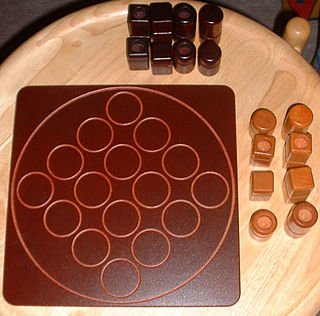
Quarto is a board game for two players invented by Swiss mathematician Blaise Müller. It is published and copyrighted by Gigamic.

Tikal is a German-style board game designed by Wolfgang Kramer and Michael Kiesling and published in 1999 by Ravensburger in German and by Rio Grande Games in English. Set in a Central American jungle, in Tikal players aim to discover artifacts, excavate, and maintain temple control to gain victory points.
For over a century until 1996, F.X. Schmid was an important German manufacturer of playing cards, board games and puzzles. It was considered one of the major European manufacturers. In 1995, its turnover was 67 million DM and there were around 250 employees.
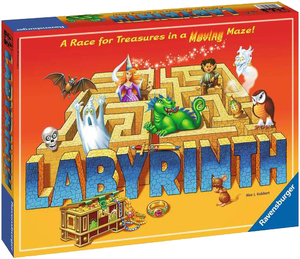
Labyrinth is a board game for two to four players, published by Ravensburger in 1986.

Good & Bad Ghosts or Ghosts! is a supernatural horror board game designed by Alex Randolph for two players, and published in 1982 by Milton Bradley. Players navigate their ghosts across a board to either escape through one of the exits or capture all of their opponent's good ghosts, although which ghosts are good and which are evil are kept secret from the opposing player.

Isolation is an abstract board game published by Ravensburger in 1972 in Germany as Isola, and then published internationally by licensed game companies under the titles Stranded and Isolation.
Manhattan is a board game designed by Andreas Seyfarth. In the game, players aim to construct and control skyscrapers that will award points. Manhattan received generally positive reviews and won the 1994 Spiel des Jahres award.
Race game is a large category of board games, in which the object is to be the first to move all one's pieces to the end of a track. This is both the earliest type of board game known, with implements and representations dating back to at least the 3rd millennium BC in Egypt, Iraq, and Iran; and also the most widely dispersed: "all cultures that have games at all have race games". Race games often use dice to decide game options and how far to move pieces.
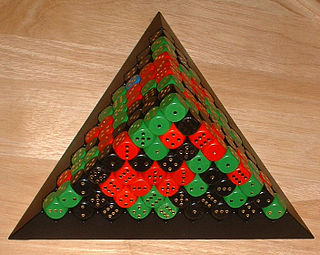
The Game is a dice game designed by Reinhold Wittig. It was first published in Germany in 1979, without rules and under the German name Das Spiel.

Qwirkle is a tile-based game for two to four players, designed by Susan McKinley Ross and published by MindWare in 2006. Qwirkle shares some characteristics with the games Rummikub and Scrabble. It is distributed in Canada by game and puzzle company Outset Media. Qwirkle is considered by MindWare to be its most awarded game of all time. In 2011, Qwirkle won the Spiel des Jahres. A sequel, Qwirkle Cubes, was released by Mindware in 2009.
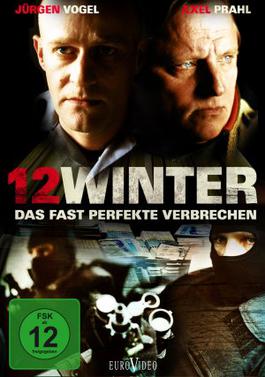
12 Winter is a 2009 German television film directed by Thomas Stiller which stars Jürgen Vogel and Axel Prahl. The film was produced by Martin Zimmermann and Bettina Brokemper while the screenplay was written Holger Karsten Schmidt. The film is based on the true story of two bank robbers who robbed a series of small banks throughout Germany. The two were pursued by police for more than 12 years before they were captured in August 2002.
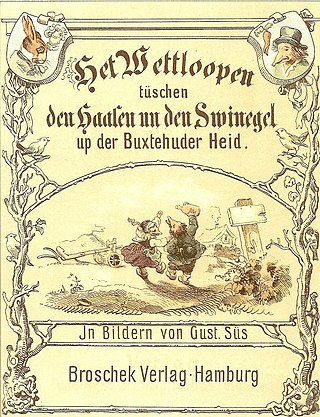
The Hare and the Hedgehog or The race between the Hare and the Hedgehog is a Low Saxon fable. It was published 1843 in the 5th edition of Grimms' Fairy Tales by the Brothers Grimm in Low Saxon and in 1840 in Wilhelm Schröder's Hannoversches Volksblatt under the full title Ein plattdeutsches Volksmärchen. Dat Wettlopen twischen den Hasen un den Swinegel up de lütje Heide bi Buxtehude. Ludwig Bechstein also published it in German in his Deutsches Märchenbuch (1853).
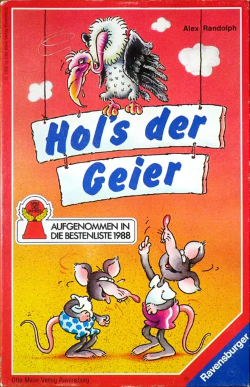
What the Heck? is the North American title of a card game originally designed by Alex Randolph and published in Germany in 1988 by Ravensburger under the title Hol's der Geier. The game has subsequently been marketed in a number of countries under various titles.
Touch and Go is a board game published by Invicta Games in 1974.















